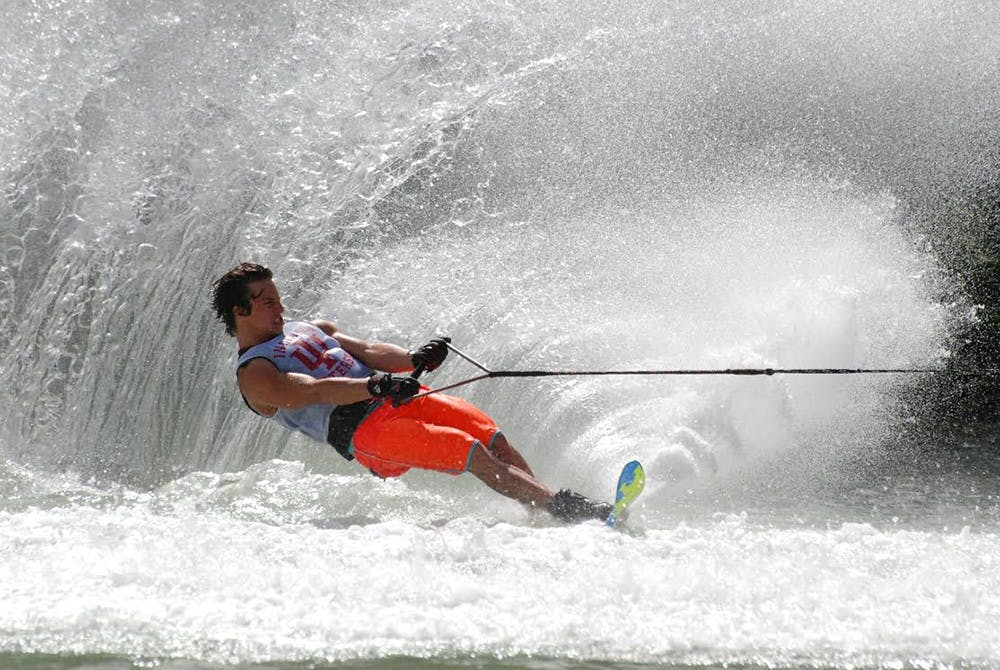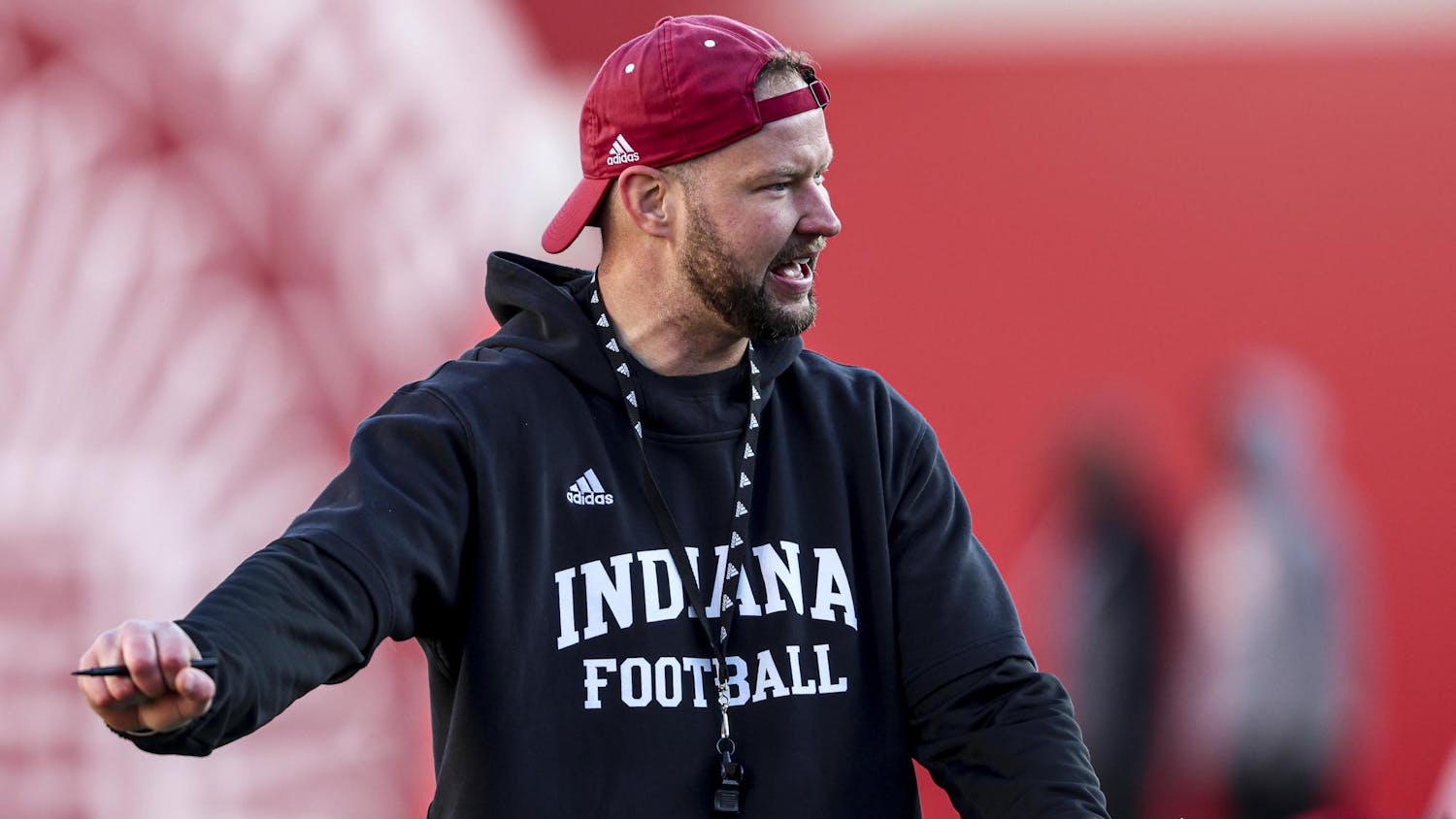A five-year-old child stood on the front of his dad’s water skis, trying to balance with his hands clamped in his father’s. He looked down at the rippling water as it slowly washed past the blades and over their feet.
Briant “Bster” Detty was water skiing for the first time in his life, something that he would continue to do for years to come.
“Water skiing is something I’ve always had a passion for,” Bster said. “My dad was a great jumper when he was younger, so I’ve just always been around it.”
Bster’s father, Brian, began his water skiing experience in the late 60s at Lake Monroe and graduated from IU in 1984.
After purchasing his first competitive water skiing boat, Brian began competing professionally in 1986 in several areas west of Indianapolis.
After meeting his wife Kelly the following year, Brian settled down with a family on Hawthorn Lake in Danville, Indiana, where Bster got his start in water skiing.
“Lake Monroe is not a place for competitive skiing,” Brian said about why Hawthorn Lake is a prime venue to train. “Public waters in general are not good places to train because they don’t have ramps for jumps, and they don’t have islands to die down the waves.”
Hawthorn Lake has had two national championships for disabled skiers and four Indiana state championships.
A sport that is fairly unknown to the United States, and even less in the Midwest, water skiing is governed by USA Water Ski.
USA Water Ski sponsors nine different styles of skiing, but Bster competes in the Three-Event style, which features the jump, the slalom and the trick event.
The slalom is judged by the number of buoys passed by the skier. As the boat speeds up and the skier passes more buoys, the rope shortens, giving the skier more speed and less range, until the skier fails to pass the next buoy.
While the boat is traveling at a maximum of 36 mph, the skier is usually doubling the speed behind the boat.
The trick event is judged on form and the way the skier performs numerous maneuvers with his or her skis in midair.
The jump event, Bster’s specialty, is judged purely on distance, as the skier gains speed behind the boat and jumps a ramp, traveling distances nearing 200 feet.
In his career in the jump event, Bster has not been defeated.
“I love the adrenaline rush,” Bster said about the jump event. “Just knowing the every jump I take could be my last is a challenge that I embrace.”
Schools in the south, such as Louisiana Tech University, Arizona State University and Florida Southern University all excel in water skiing, Brian said.
Coming out of Danville High School in 2013, Bster was receiving scholarship offers from southern schools — Florida Southern in particular — but he decided to move to Bloomington and attend IU.
While IU Water Ski Club is not a strong program compared to others in the southern part of the nation, Bster said he chose to attend IU because his parents attended the school, it is close to his home and he likes to teach the other skiers in the club.
“Sometimes I do wish there were others who were as passionate about water skiing as I am,” Bster said. “But I do like to teach the other people in the club and show them how I do things. And I just love IU and Fiji.”
In the USA National Championships, a tournament that pits individual skiers of specific age groups against each other, Bster won the jump event in 2008, while placing runner-up overall. In May, Bster competed in the Championships again, winning the jump event with a clearance of 183 feet and again finishing second overall.
In the Collegiate All-Stars Tournament Bster found victory in the jump event in both 2014 and 2015, while finishing first overall in May.
“Since I probably won’t ever compete in the Collegiate National Championship, since it’s a team-based tournament, it’s really nice to be able to represent IU and the Midwest in the All-Stars,” Bster said.
Training every day in season and five days per week in the winter, Bster said he knows there is a disadvantage to skiing in the Midwest versus skiing in the South.
“Down South they can ski year-round, since the weather is so nice, and I’m here working in the gym during the winter, so that’s a disadvantage,” Bster said. “But every day, I’m thankful for being healthy and being able to ski now, even though it’s something I won’t ever be able to make a living off of.”






